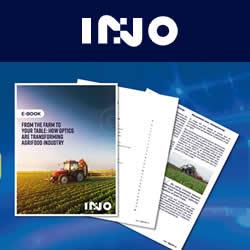Aquaponics Market Outlook: Trends Shaping the Future of Urban and Rural Farming
Innovations in aquaponics technology, including automation, sensor integration, and remote monitoring are making way for enhanced efficiency and scalability. Moreover, research institutions and educational facilities are increasingly studying as well as promoting aquaponics as a viable farming method, further contributing to the market expansion.
The Global Aquaponics Market size will record a 12% CAGR between 2024 and 2032, on account of the strong need for eco-friendly farming methods that employ less water and produce minimal waste compared to traditional agriculture. For instance, in June 2024, Turkish food wholesaler Metro Turkiye introduced a project for cultivating sea bass and a salt-tolerant food plant salicornia in an integrated aquaponics system for the retail sector.
Innovations in aquaponics technology, including automation, sensor integration, and remote monitoring are making way for enhanced efficiency and scalability. Moreover, research institutions and educational facilities are increasingly studying as well as promoting aquaponics as a viable farming method, further contributing to the market expansion.
The aquaponics industry is segmented into component, framing technique, produce, application and region.
By produce, the industry value from the fruits segment will witness a lucrative growth rate through 2032. Aquaponics employs significantly less water than traditional soil-based farming, eliminating the need for chemical fertilizers and pesticides. Indoor and controlled environment aquaponics systems also allow year-round fruit production, regardless of external weather conditions.
With respect to application, the aquaponics market size from the home production segment will exhibit expansion between 2024 and 2032. Compact and modular aquaponics systems are designed for urban environments, allowing city dwellers to grow their food in apartments, balconies, and small backyards. Moreover, the preference for DIY aquaponics kits is expanding, making it easier for enthusiasts to set up and maintain home systems as they come with detailed instructions and all the necessary components.
Asia Pacific aquaponics industry share will expand through 2032 due to the higher consumer awareness and demand for organic and locally sourced food in the region. Rapid urbanization is driving the adoption of aquaponics in urban settings, where it offers a space-efficient solution for local food production while reducing the carbon footprint associated with transporting produce. Various governments are also providing support through subsidies, grants, and favorable policies to promote sustainable agricultural practices, adding to the regional market growth.
Source https://www.gminsights.com/industry-analysis/aquaponics-market
Featured Product

